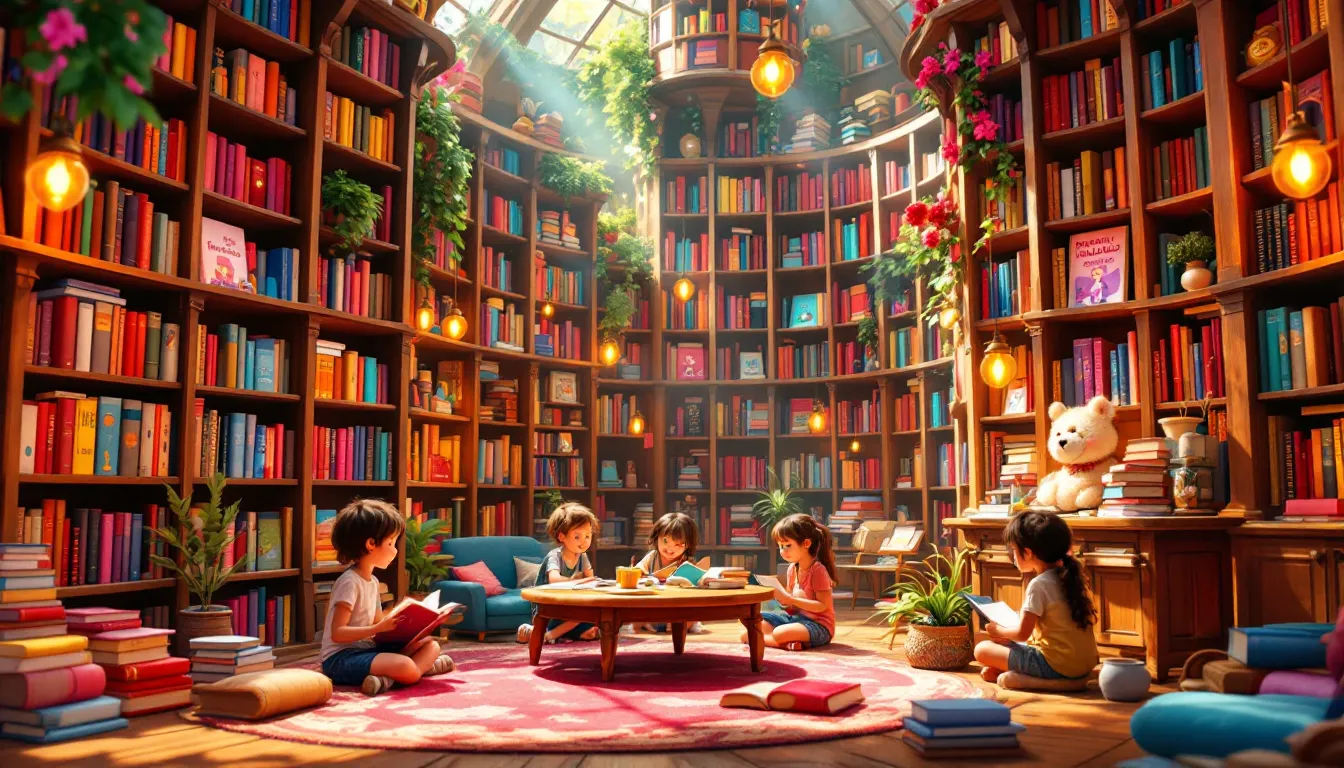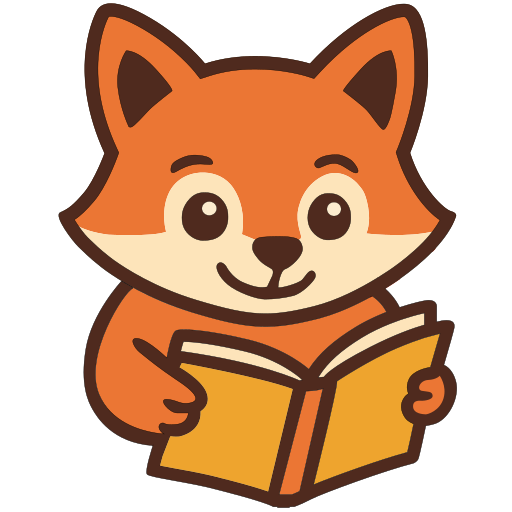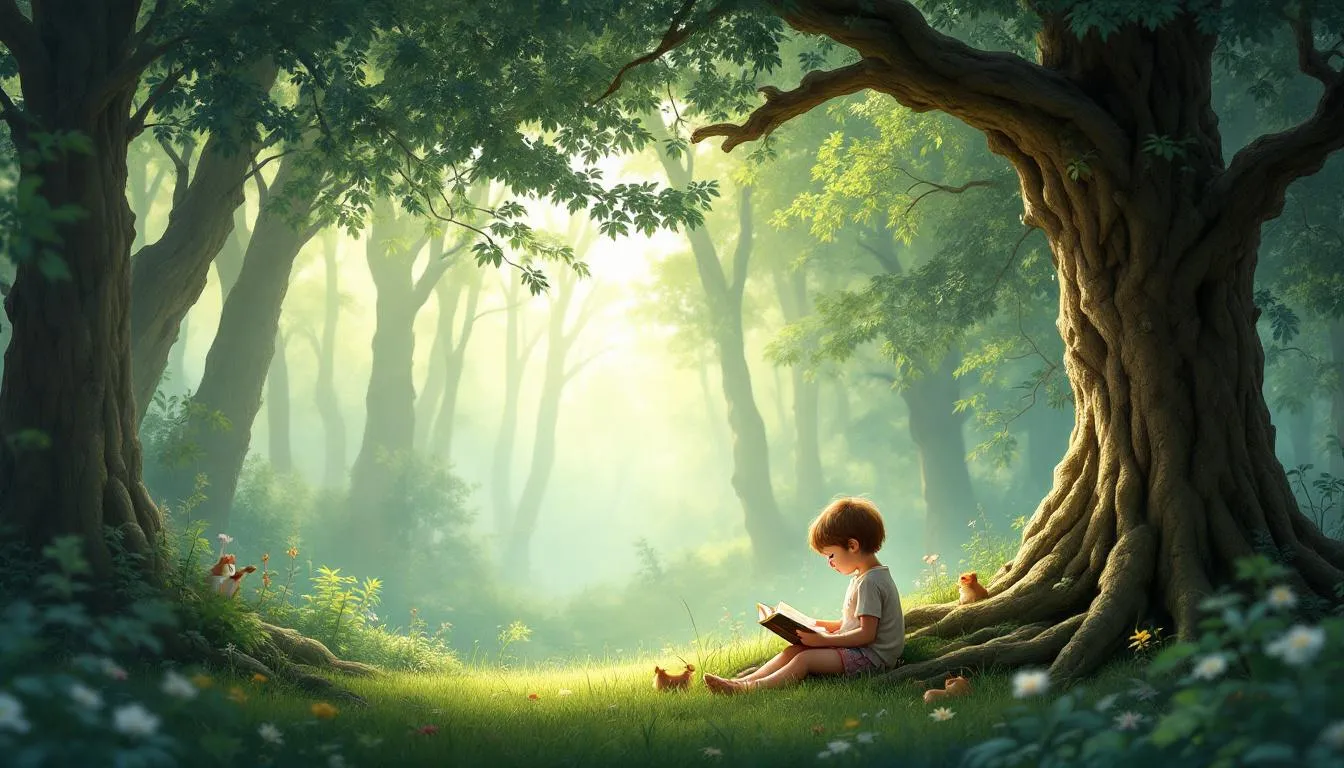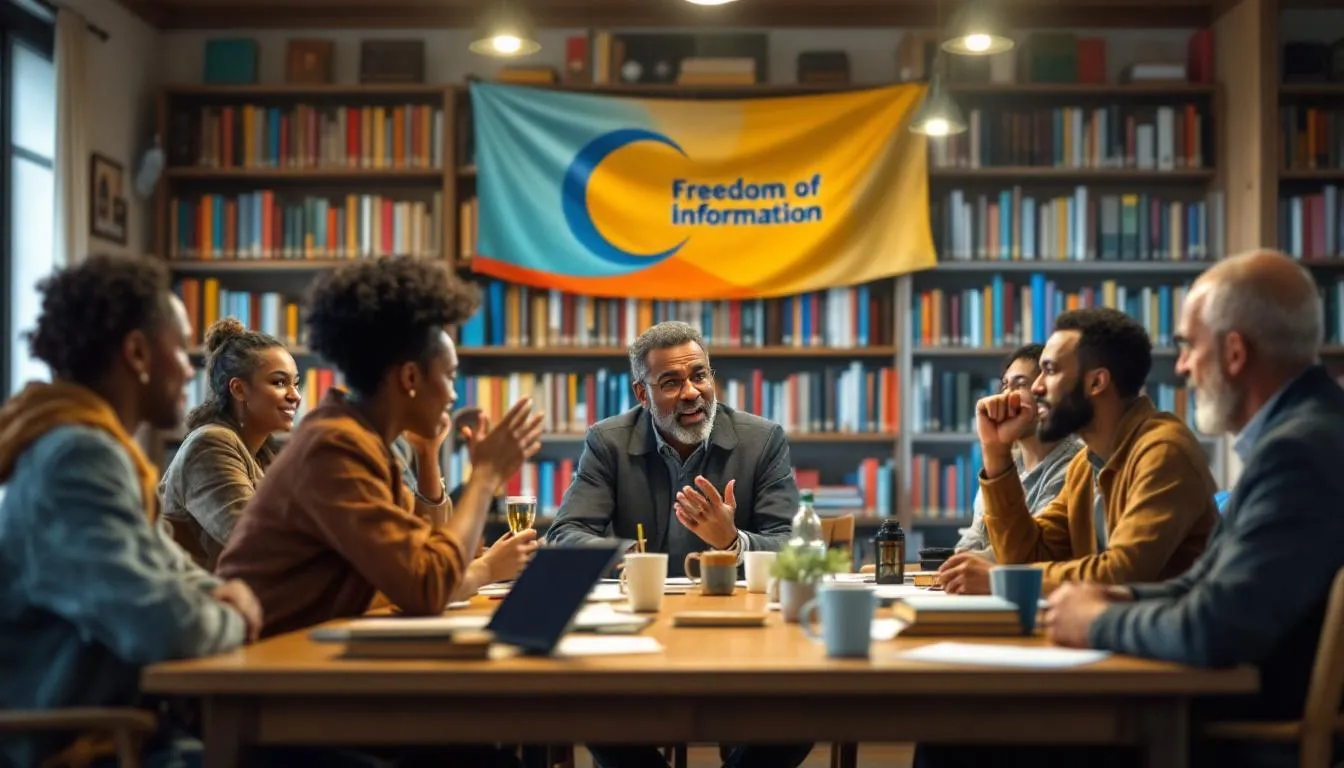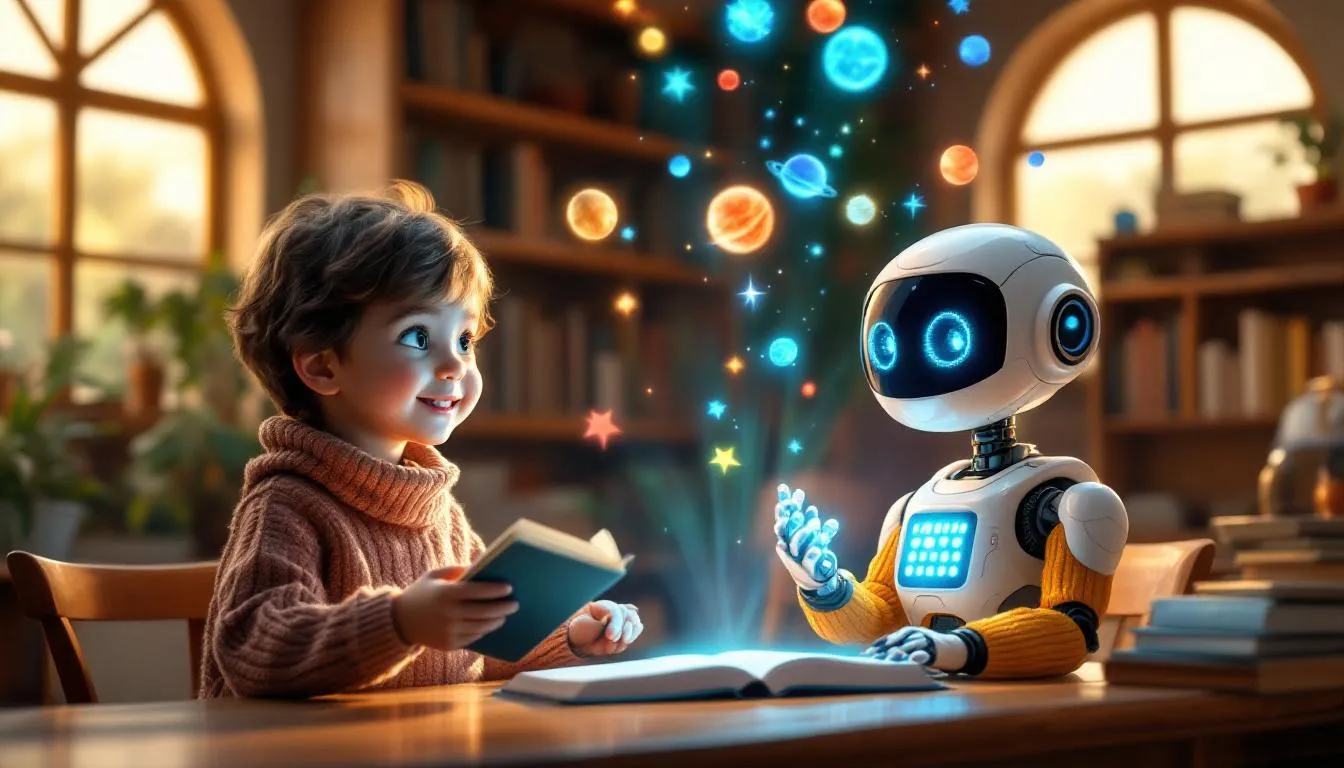Table of Contents
Introduction to Book Bans
Book bans have recently been making headlines, with more titles under scrutiny than ever before. As a parent and lover of children’s literature, it’s disheartening to see beloved stories like ‘Pinkalicious’ under fire. This vibrant series, known for its delightful tales of a pink-loving heroine, has captured the hearts of many young readers. However, even such seemingly innocent books are not immune to controversy. A closer look at specific cases reveals that the issue extends beyond the pages of a book.
The Case of ‘Pinkalicious’ in Texas
In a surprising turn of events, the imaginative world of ‘Pinkalicious’ found itself at the center of controversy in a Texas school district. For those unfamiliar, ‘Pinkalicious’ follows a young girl whose love for the color pink leads her into whimsical predicaments. You’d think a story about a pink-loving girl would be all fun and giggles, right? Not quite.
The school district decided to remove the book from their shelves after some parents raised concerns. The primary objection? The book’s portrayal of gender norms. Some parents argued that the story reinforced stereotypical gender roles by emphasizing the protagonist’s obsession with all things pink, which is traditionally associated with femininity. It’s fascinating how a beloved children’s tale can spark such debate.
As news of the ban spread, community reactions varied widely. Some parents supported the district’s decision, believing it was essential to challenge traditional narratives. Others were baffled and outraged, arguing that removing the book was an overreaction that stifled creativity and fun. I remember talking to a fellow parent over coffee, and she joked, “If liking pink is wrong, then my daughter’s whole wardrobe is going to get us in trouble!”
This incident in Texas is just one example of how children’s books are increasingly scrutinized, opening a broader conversation about why even seemingly innocuous books face challenges today.
Reasons Behind Book Bans
Children’s book bans often revolve around recurring themes, especially those touching on sensitive topics like race, gender, and identity. While parents naturally want to protect their children, this sometimes leads to shielding them from anything unfamiliar or different.
For instance, at a local school board meeting, I witnessed a group of parents express concerns over a popular children’s book featuring a character with two dads. The fear wasn’t about the story itself but about the conversations it might spark. “What if my child starts asking questions I’m not ready to answer?” one parent asked, voicing a common concern.
Political and cultural influences also play a significant role. In today’s polarized climate, books often become caught in broader debates. Historically, literature has always been a reflection of society’s values and fears, but today, the scrutiny feels particularly intense.
I recall my own kids diving into stories that challenged their views or sparked big questions. These narratives can pave the way for empathy and understanding. While book bans aim to protect, they risk closing doors to these valuable conversations.
As these debates continue, they inevitably shape the landscape of children’s literature, influencing what stories are told and how they are shared.
Implications for Children’s Literature
When a children’s book faces a ban, the impact extends far beyond the local library or school district. Authors and publishers, the creative minds behind these works, are directly affected. Imagine spending years crafting stories that are not only entertaining but also meaningful, only to find them suddenly deemed controversial. I remember chatting with an author friend who mentioned how such bans can affect their willingness to tackle complex topics. “It’s like walking a tightrope,” she said, “balancing between creativity and controversy.”
For publishers, the stakes are equally high. They must weigh potential backlash against the importance of the stories they choose to publish. This delicate dance can lead to a cautious approach, where certain stories might never see the light of day simply because they are deemed too risky.
But the most profound effect is on children’s access to diverse voices and stories. These bans can inadvertently limit the range of perspectives available to young readers. Picture a world where children only read stories that fit a narrow, “safe” mold. It stifles curiosity and empathy, traits nurtured by exposure to varied narratives. I’ve watched my own kids grow and learn from books featuring characters unlike themselves, fostering a sense of wonder and understanding.
This is where libraries and educators play a crucial role. They stand as gatekeepers of knowledge and champions of diverse literature. Many librarians and teachers I’ve spoken with are passionate advocates, often finding creative ways to introduce children to a wide spectrum of stories despite the challenges. Whether through organizing book clubs or highlighting lesser-known titles, their efforts are vital in ensuring young minds are not deprived of valuable stories.
The Broader Educational Impact
Imagine walking into your local library with your kids, only to find their favorite books have vanished from the shelves. It’s not just about losing access to specific stories—it’s about the wider impact on education and critical thinking. Books are doorways to new worlds, ideas, and perspectives. When these doors close, it limits our children’s ability to think critically and engage with diverse narratives.
Books spark imagination and questions, challenging young minds to explore beyond their immediate environment. Removing certain books means we’re hindering the development of essential skills like critical thinking. These skills are vital, not just in school but in life. I recall when my son read a book that challenged his view on history. His curious questions led us to fascinating discussions and a pile of library books, a beautiful journey of discovery.
Moreover, books play a crucial role in fostering empathy and understanding. When children read about characters from different backgrounds, they learn to see the world through a lens other than their own. This exposure is crucial for nurturing empathy. My daughter once read a story about a refugee child, sparking a conversation about kindness and helping others. These stories build bridges of understanding in a world that often feels divided.
The long-term consequences of book bans on education are profound. They risk creating a generation less equipped to deal with complex social issues, less open-minded, and less empathetic. It’s like teaching kids to swim without letting them get wet—impossible, right? Literature has the power to shape societal values and foster a culture of inclusivity and understanding.
As we consider the impact on education, it’s essential to also recognize the efforts and voices advocating for these vital stories.
Responses and Advocacy
Picture this: a group of passionate authors, educators, and activists coming together around a table covered in children’s books. Their mission? To challenge book bans and ensure young readers have access to a rich tapestry of stories. These champions of literature work tirelessly to reverse bans and advocate for the importance of diverse narratives.
Consider the inspiring story of a community in Florida that rallied to bring back a banned book about a young girl curious about her cultural roots. The local library, initially pressured to remove the book, witnessed a groundswell of support from parents, teachers, and even students who organized petitions and community readings. Their combined efforts led to a triumphant reversal of the ban, much to the delight of young readers and their families.
Parents and communities play a crucial role in these advocacy efforts. I remember organizing a small book club in my neighborhood, where parents gathered to discuss the value of diverse books with their kids. It was a simple yet powerful way to show support for stories that might otherwise be challenged. Engaging in local school board meetings, writing letters to decision-makers, and celebrating banned books with events can all make a difference.
These collective actions not only help restore access to beloved tales but also send a strong message that the community values a wide array of stories. This advocacy is crucial in ensuring literature remains a vibrant, inclusive reflection of the world we live in.
The journey doesn’t end here, though. As we look forward, it’s essential to continue exploring the role each of us can play in nurturing a love for literature in the next generation.
Conclusion
Reflecting on the whirlwind of controversy surrounding ‘Pinkalicious’ and other children’s books, it’s clear that the issue of book bans is both significant and complex. These debates ripple through communities, affecting parents, educators, and young readers alike. As we’ve seen, the reasons behind these bans often stem from a desire to protect children, but they also raise important questions about freedom of expression and the role of literature in education.
I’ve found that these situations offer a unique opportunity for us to engage in meaningful conversations with our children. When a book is challenged, it’s a chance to discuss why some people might find its content controversial and what our own values are. I remember using a similar situation to talk to my kids about the importance of understanding different perspectives. It wasn’t always easy, but it was rewarding to see them start to consider ideas beyond their immediate experiences.
Looking to the future, I remain hopeful about the enduring resilience of children’s literature. While challenges and bans will likely continue, so too will the efforts of those who champion diverse stories. The landscape of children’s books is vast and varied, reflecting the rich tapestry of human experience. As parents, educators, and community members, our role is to nurture a love of reading and ensure those stories remain accessible to all young minds.
It’s important to stay informed and engaged with resources that support this mission. Whether it’s joining a local library initiative or exploring new titles with your children, there’s always a path to further this conversation.
Further Reading and Resources
For those looking to delve deeper into the world of challenged books, there are numerous titles worth exploring. Books like “And Tango Makes Three” and “The Family Book” have faced similar scrutiny, offering valuable lessons in diversity and acceptance.
Organizations that tirelessly advocate for the freedom to read, providing resources and support for those facing book challenges, include:
Parents and educators can access materials designed to help discuss book bans with children, fostering open dialogue and critical thinking. Engaging with these resources encourages a love for diverse literature and supports a more inclusive world.
